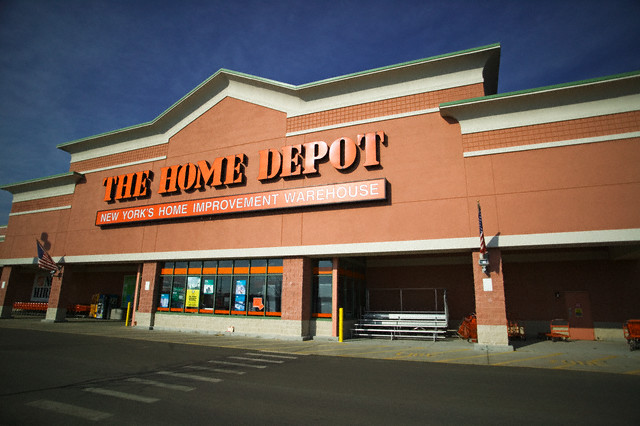
While most big-name retailers struggled to kick off 2016, Home Depot and Lowe’s, the two top home improvement retailers in the U.S. marketplace, controlling 41 percent of all sales, have continued to beat the industry trend of diminished customer spending and reduced sales.
But why? What’s the secret sauce that Home Depot and Lowe’s has that other retailers seem to lack? Or why do sales at these home improvement retailers seem to hold steady even during tough economic times or recession (during the recession of 2008, Home Depot slowed store expansion efforts and instead focused on using analytics to run its existing locations more efficiently and improve the customer experience)?
Once again, last week, both companies posted strong quarterly earnings revenues, with both Home Depot and Lowe’s posting gains in revenue and income (although Lowe’s gains did come in a little off of what Wall Street experts were predicting).
As a result, most market analysts have a “buy” or “hold” rating on both companies’ stock, with shares of both currently trading below their forecasted price target.
Combined, Home Depot operates 1,977 stores in the U.S. and controls 24 percent of the home improvement marketplace, while Lowe’s is at 17 percent and operates 1,805 stores nationwide.
So, what’s the secret to both these home improvement brands’ enduring success?
Well, that’s just it — both Home Depot and Lowe’s have become brands that are saturated into the American life and as synonymous to home improvement as Kleenex is to tissue or Coke is to soda.
“Both Home Depot and Lowe’s are fully woven into American life,” according to data provided by The NPD Group’s Checkout Tracking service. “If we look at all buyers, i.e., anyone who has bought anything at any store, online or brick-and-mortar, during the past 12 months, we see that 67 percent of them bought something at Home Depot in the past year, while 59 percent of them bought something from Lowe’s.”
Although those numbers are not the best in the industry — Walmart topped the list at 95 percent, while McDonald’s placed second at 88 percent — both Lowe’s and Home Depot’s numbers are significantly higher than the rest of the home improvement industry.
There is also a sense of necessity and ownership in the products that Home Depot or Lowe’s sells. While a consumer might put off buying a new pair of shoes or that stylish jacket this season, that same consumer really can’t put off replacing a broken toilet flapper valve, a lift chain or that tumbler that keeps sticking.
Plus, there is the sense of “ownership” that home improvement generates, so that, even in tough economic times, a consumer who might be reticent to splurge on a new wardrobe or fancy dinner might not think as critically about buying items to maintain their lawn or fix up the den in the basement.
Both Home Depot and Lowe’s also do an above-average job of generating loyalty among their customers, with Home Depot customers giving 51 percent of their hardware wallet to the retailer, while Lowe’s customers made 46 percent of all their home improvement purchases at the store, according to NPD’s data.
Interestingly enough, despite the big-ticket items that most commercial contractors likely procure at these stores, contractors only account for about 3 percent of Home Depot’s customer base and about 35 percent of its total sales, according to Forbes.
While both Home Depot and Lowe’s seem to have made successful inroads with do-it-yourself customers and nonprofessionals, Lowe’s has focused itself as a store that’s more customer-centric for the non-expert home improvement customer as a way to close the gap with its better-known competitor.
Before slipping some in the second quarter of this year, Lowe’s did post a larger increase in transactions in the first quarter of the year compared to Home Depot (5.1 percent compared to 4 percent) and an almost comparable increase in ticket size (Home Depot’s ticket size grew by 2.5 percent, whereas Lowe’s grew by 2.2) to actually experience larger growth in the first quarter of 2016 at an increase of 7.3 percent, compared to just 6.5 percent for Home Depot.